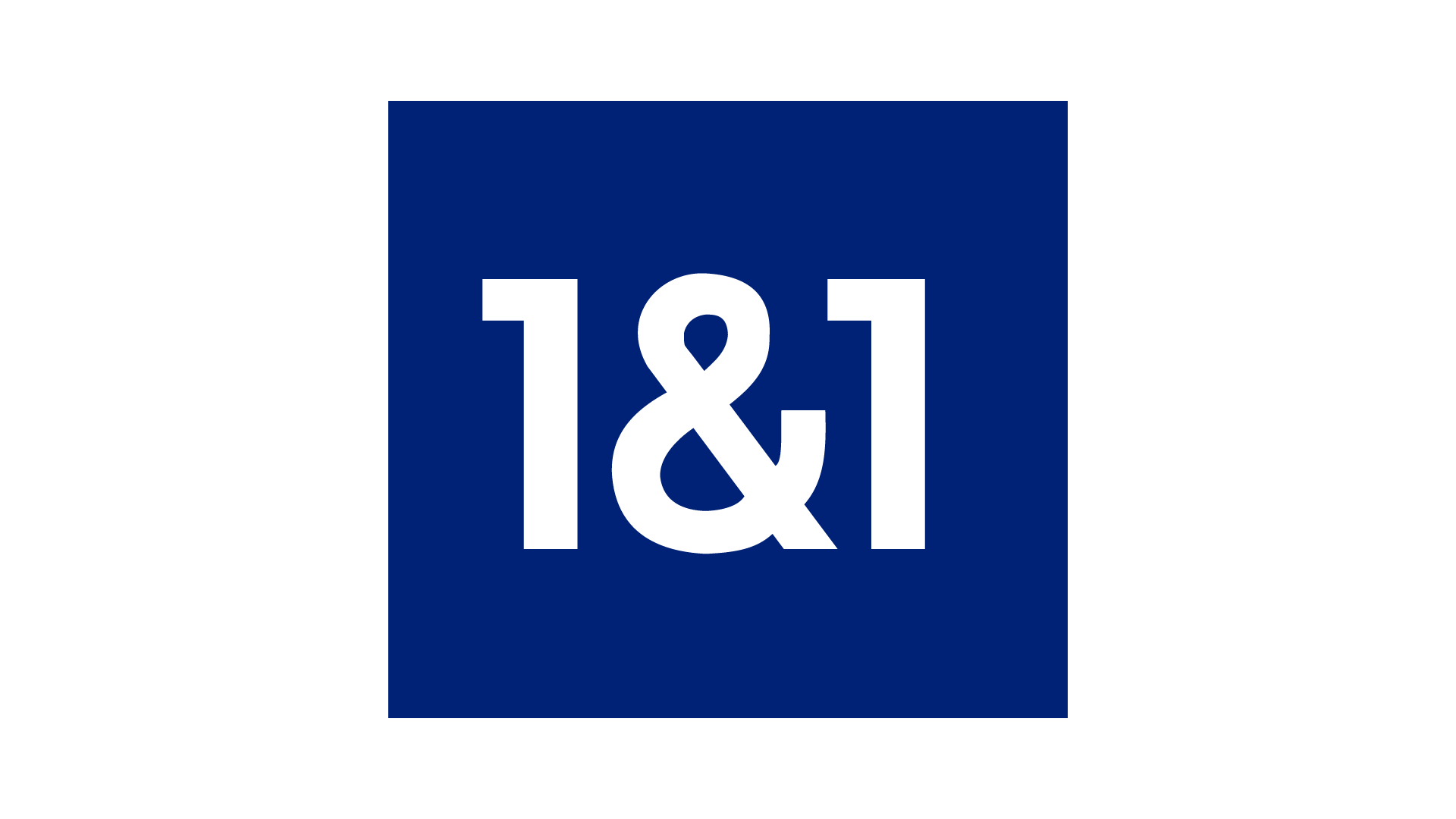
Backend
Digital Transformation provides impressive proof that value can be created not only by processing physical raw materials, but also by making maximum use of valuable digital information.
In order to use information profitably, however, new digital solutions for customers or employees must be added onto stable backends and integrated into existing IT systems. This is the only way to ensure that digital processes are automated and executed without media disruption or errors at interface level. This is where even ambitious IT projects often fail.
More than 20 years of backend experience
since 1999inovex was launched in 1999 as a systems provider focused on databases and middleware. We therefore have a great deal of experience in implementing high-quality backend systems. Today we integrate new applications and services perfectly into enterprise environments, for example using web and cloud services like Spring/Spring Boot, Netflix OSS, JEE, JVM based languages, .NET Core, Go, Serverless & Microservices, classic databases and NoSQL databases, State-of-the-art security procedures (e.g. OpenID Connect).
Replatforming
Agility, automation & infrastructureIn enterprise IT, there is currently a general technological trend in which various topics like Agility, automation, polyglot architectures, Microservices, infrastructure as code, Cloud and DevOps are all combined under the keyword ‘Replatforming’.

Modern platforms must be more agile, more fine-grained and more flexible.
Underlying these topics is the central technological challenge resulting from the Digital Transformation: More and more aspects of the economy and society are supported by database services – or even comprise only this type of service, in the case of purely digital business models. This tremendous growth in digital services, data volume, interfaces and dependencies and the increasingly short half-life of processes and features can no longer be handled by the “traditional” platforms of enterprise IT. Their monolithic architectures are, in places, more than 20 years old. Modern platforms must be designed differently in order to fulfill their tasks – they must be more agile, more fine-grained and more flexible, but always domain-specific and appropriate to the need. The ‘silver bullet’ which meets everyone’s requirements is unlikely to be developed anytime soon.





